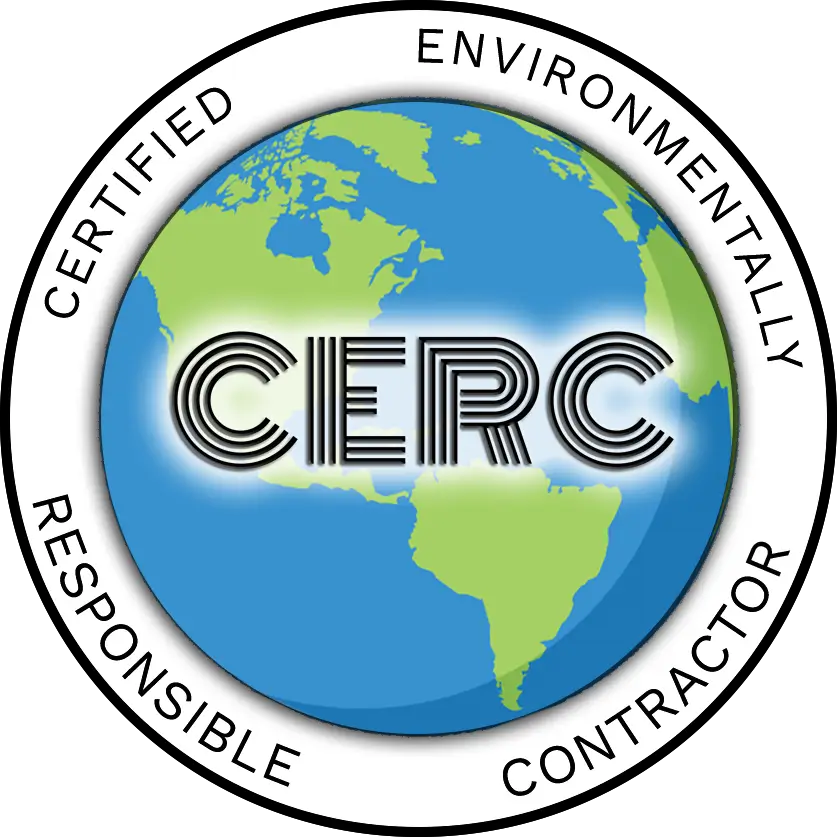Recycling batteries is an effective way to reduce the amount of corrosive and hazardous materials that wind up in landfills. Additionally, through the process of recycling batteries, these materials can be repurposed and used in the manufacturing of new batteries and products.
Due to the numerous benefits of battery recycling, there is an increased focus by governmental agencies on promoting battery recycling best practices. Recently, when President Biden signed the Bipartisan Infrastructure Law into law, battery recycling came into renewed focus. Through this law, a large amount of funding has been allocated specifically toward the promotion of battery recycling. Take a look at how this law could change battery recycling as we know it.
What is the Bipartisan Infrastructure Law?
On November 15, 2021, President Biden signed the Infrastructure Investment and Jobs Act into law. This law is also referred to as the Bipartisan Infrastructure Law. The goal of the law is to invest in the health, equity, and resilience of American communities.
Part of the funding allocated through this law is designed to support local waste management infrastructure and recycling programs. Through this additional funding, the Environmental Protection Agency (EPA) hopes to increase recycling nationwide.
How does the Bipartisan Infrastructure Law Affect Battery Recycling?
The Bipartisan Infrastructure Law will help contribute to an increased focus on battery recycling. To start with, the law has allocated $10 million to be used by the EPA to develop battery recycling best practices. Another additional $15 million has been allocated to battery labeling guidelines. These tasks are scheduled to be completed by September 30, 2026.
The funding has been provided as a direct response to the risks associated with discarding batteries improperly. When batteries are thrown away, valuable materials inside the batteries are lost forever. Many of these materials are difficult to acquire, creating the need for further mining operations to continue. Mining is not only costly but can be damaging to the environment. Through recycling, these materials can be cleaned, processed, and reused.
Not only is discarding batteries in the trash a waste of valuable materials, but it can also contaminate landfills. Hazardous materials will seep into the soil and potentially the local water table. The corrosive materials within batteries can also start fires in landfills, creating air pollution risks. These health concerns often affect overburdened communities, workers, and first responders at disproportionate rates.
Through the Bipartisan Infrastructure Law, improved best practices will be put into place by state, tribal, and local governments. These best practices are designed to make battery collection and recycling programs more accessible for all communities. Additionally, the new practices will consider how to protect the environment and waste management workers while optimizing the value and use of the materials left over from recycling processes. In turn, we expect to see that battery recycling only continues to increase in effectiveness in the coming years. As funding is poured into battery recycling processes, new innovative solutions can be discovered, helping contribute to less waste.
At the same time, the money allocated toward battery labeling is designed to increase awareness around the reuse and recycling of critical materials from batteries. Through better labeling and communication materials, the goal is to promote battery recycling as the best option for the disposal of batteries.
Not only will this labeling help consumers and businesses understand what batteries should be recycled, but it also helps increase awareness about collection locations and aims to make it easier for everyone to have equal access to battery recycling.
Key Takeaways
The following are a few of the key impacts that the Bipartisan Infrastructure Law will have on battery recycling:
- Through this large investment, battery collection and battery recycling will be promoted nationwide.
- Through the allocation of $10 million, best practices will be put into place to help improve battery recycling.
- $15 million will be used to improve labeling for batteries, as well as to fund a multimedia outreach campaign designed to promote battery recycling.
- The overarching goal of the Bipartisan Infrastructure Law’s battery recycling funding is to decrease environmental and safety risks while increasing the number of battery materials that can be reused.
Image Source: https://www.epa.gov/system/files/documents/2022-02/orcrbilbrochure.pdf
Why is the U.S. Investing in Recycling?
The Bipartisan Infrastructure Law is pouring a large amount of funding into battery recycling. This is in response to the current concerns that improper battery disposal poses.
For starters, when batteries are not recycled, natural resource extraction and processing are necessary to secure the materials required for new battery manufacturing. With an increase in the use of batteries for electric vehicles and other green energy solutions, there is a heightened need for these materials. The processes required to mine these materials contribute to nearly half of all global greenhouse gas emissions.
Recycling reduces the negative impacts of materials on the environment while simultaneously allowing materials to be reused. This has far-reaching positive effects, including the following:
- Less risk of soil and water contamination
- Lowered health risks for those living in communities affected by battery disposal
- Lowered health risks for waste management workers
- Lowered health risks for first responders in charge of responding to landfill fires caused by corrosive battery materials
- Less need for natural resource extraction and processing, resulting in lowered global greenhouse gas emissions
Learn More about Recycling
Battery recycling is a powerful tool for decreasing the damage that corrosive materials and heavy metals have on the environment. It will help create a future in which materials can be reused, lowering the negative impact on communities around the globe.
If you are interested in learning more about the future of battery recycling, feel free to visit www.epa.gov/recycle. If you are interested in learning more about the National Recycling Strategy, you can visit www.epa.gov/recyclingstrategy.
In addition to visiting the above government resources, be sure to talk to our team about recycling batteries for your business. We can help you learn how to turn your dead batteries into a revenue stream while contributing to company-wide sustainability goals. We make battery recycling simple and convenient through our next-day battery recycling pickups.
To contact us, you can either fill out our 30-second form online or give our team a call at 866-290-3849 to learn more about how our process works. We look forward to helping you discover the benefits of battery recycling.




